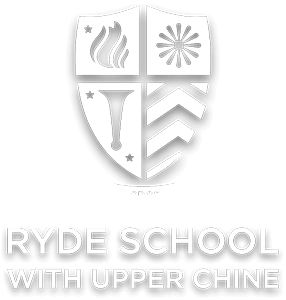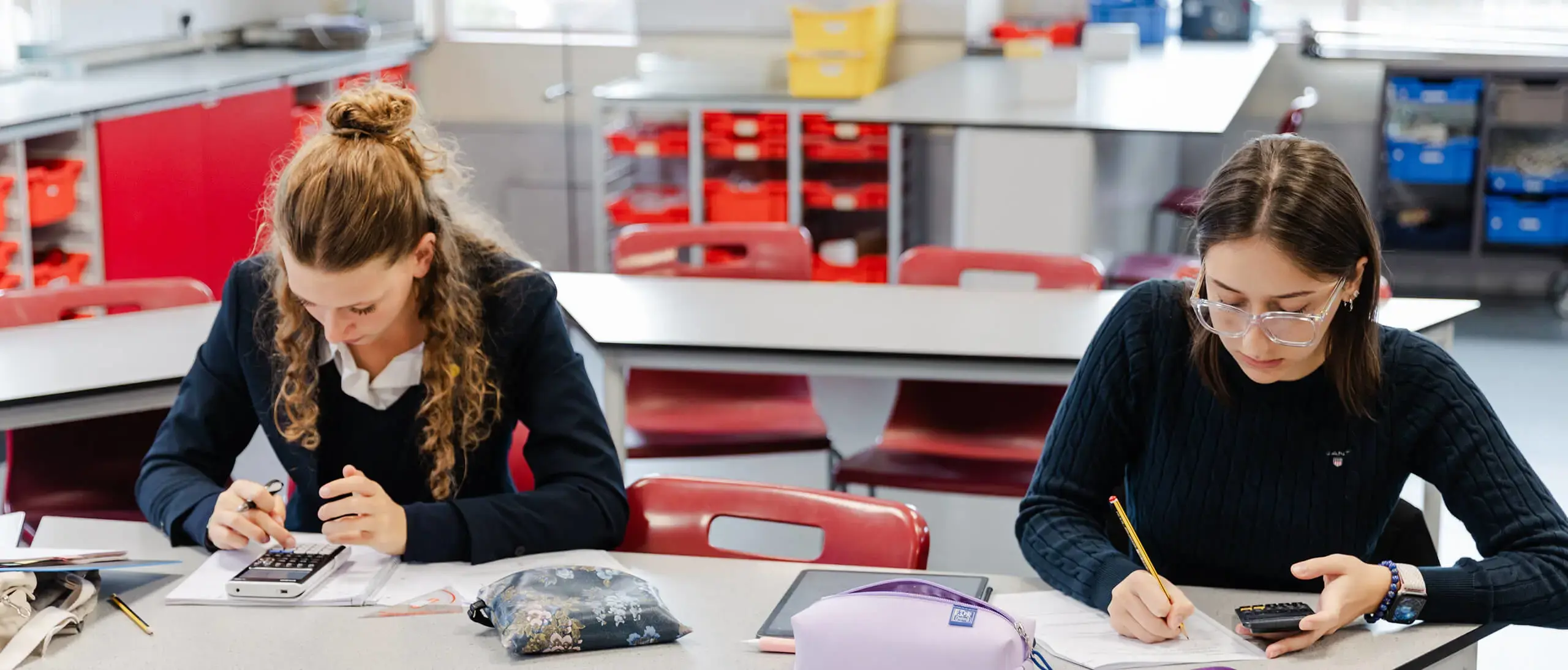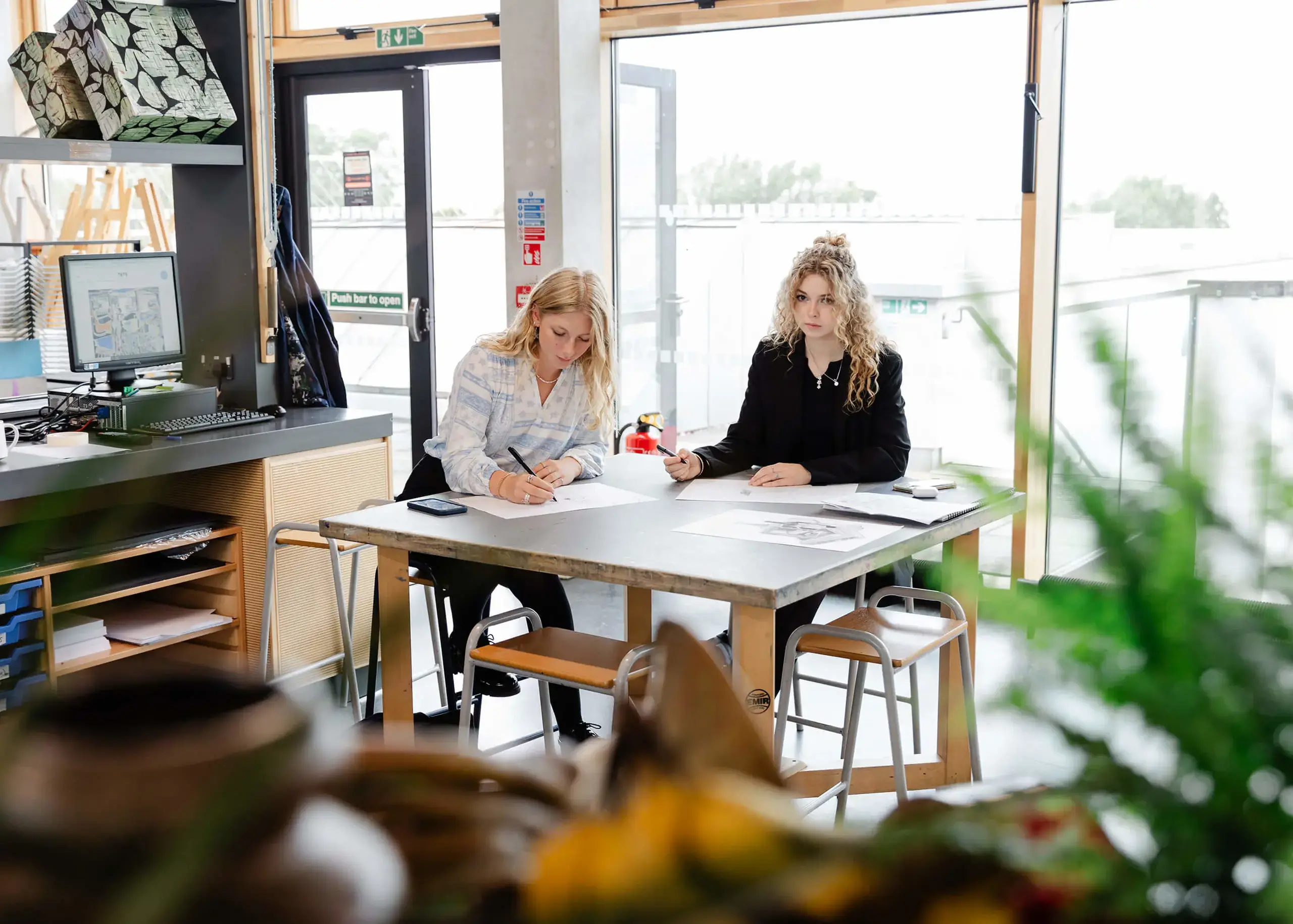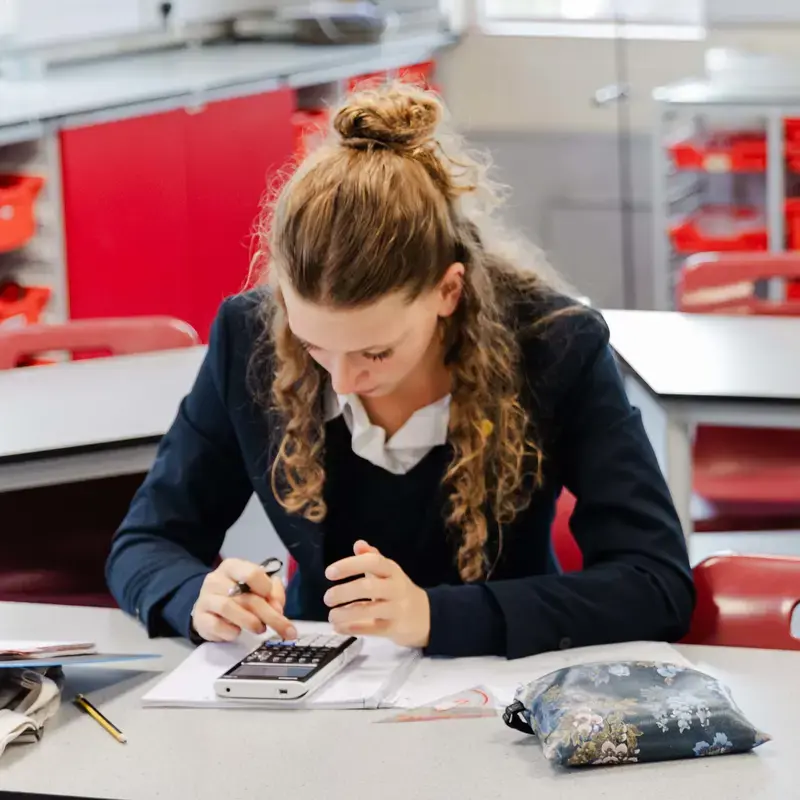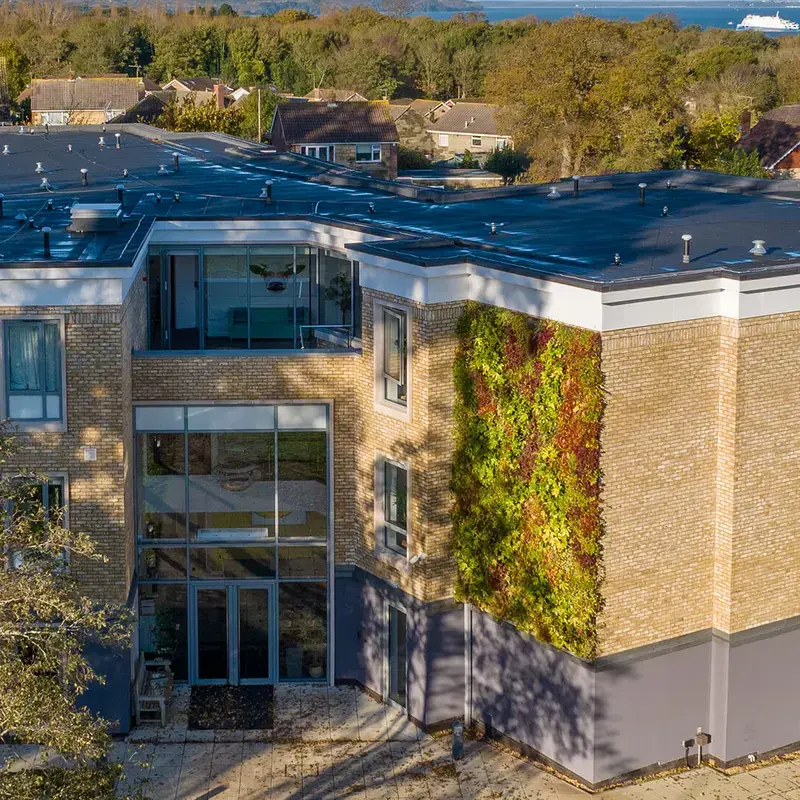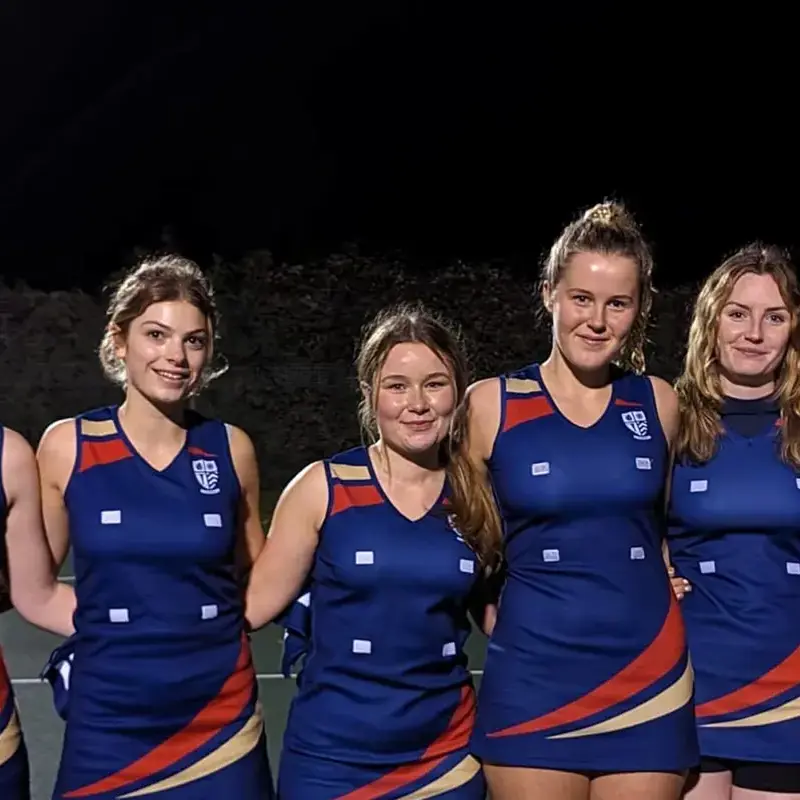- Home
- Sixth Form
- Courses at Sixth Form
- A Level Textiles
Textile Design is a versatile practice that involves the creation, selection, manipulation and application of a range of materials such as fibres, yarns and fabrics, and processes such as weaving, knitting, stitching and printing to create designs and products. Textile designers work in multi-disciplinary ways to create ideas, materials and techniques for different applications. Textile designers also play an important role in the world of fashion, theatre, performance and retail.
Students will also understand that Textile Design practitioners may work within a team environment in a large commercial manufacturing company, on a single aspect of the design or making process, or work as freelance practitioners on commissions or self-directed projects. They will need good communication skills in order to liaise with clients and to promote themselves as textiles designers and makers.
ENTRY REQUIREMENTSGCSE Art & Design Grade 6 or above. Students who have not studied Art and Design at GCSE will be considered on an individual basis following a discussion with the Head of Art. WHERE THIS SUBJECT CAN TAKE YOUFashion designers, Illustrators, Interior designers, Stylists, Product Designers, Print Makers, Set Designers, Textile Designers, Visual merchandisers, Web designers. AWARD - A LEVEL TEXTILES Edexcel Art & Design COURSE CONTENT/STRUCTUREComponent 1: Personal InvestigationA skills-based project exploring a wide range of materials and media, developing a practical and personal investigation leading to multiple outcomes within their specialism and problem solving. Through use of a sketch book, developing and exploring ideas students will reach a final outcome which visually resolves their personal theme.
Assessment Objectives ASSESSMENTComponent 1: This will count for 60% of your total A Level marks. |
